Product detail
High-quality high-alumina bricks for cement kilns
Product Overview
High-quality high-alumina bricks for cement kilns are refractory materials made of high-alumina bauxite as the main raw material, through a series of processes such as fine processing, molding and high-temperature calcination. Its alumina (Al₂O₃) content is relatively high, generally above 48%, which gives high-alumina bricks a series of unique properties, making them play an important role in the operation of cement kilns.
Product Performance
High refractoriness: The refractoriness of high-quality high-alumina bricks can usually reach 1750℃ – 1790℃, which can withstand the high temperature environment of the higher temperature area in the cement kiln, maintain a good physical form at high temperature, and will not easily soften or deform, providing a basic guarantee for the stable operation of the cement kiln.
Good thermal shock resistance: The temperature of the cement kiln will fluctuate frequently during the production process. High-alumina bricks have good thermal shock resistance and can withstand rapid changes in temperature without obvious cracks or peeling, ensuring the service life of the brick body in a temperature-changing environment.
Good corrosion resistance: For alkaline substances and other corrosive media in cement kilns, high-alumina bricks have certain corrosion resistance due to their chemical composition and structural characteristics. Although its alkaline resistance is not as good as that of magnesium bricks, it can still play a good role in resisting some parts with relatively weak corrosion.
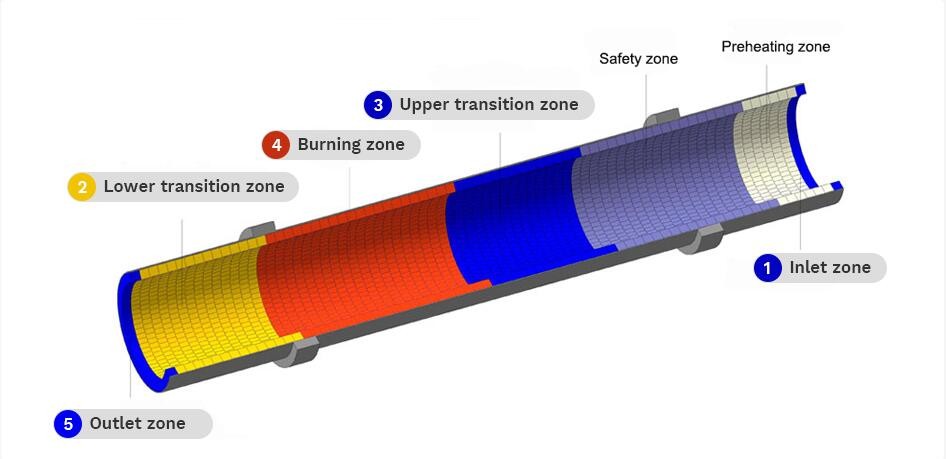
Higher mechanical strength: High-alumina bricks have higher room temperature compressive strength and high temperature compressive strength, which enables it to maintain structural integrity and reduce the occurrence of breakage and brick falling when it is subjected to external forces such as gravity, mechanical vibration and air flow scouring of materials in cement kilns.
Application scenario
Cement kiln preheater: The temperature of the preheater part is relatively low, but there is a large amount of dust and certain alkaline substances. The corrosion resistance and good thermal shock resistance of high-quality high-alumina bricks make them suitable for the lining of the preheater, which can effectively resist the scouring of dust and the erosion of alkaline substances, while coping with temperature fluctuations.
Cement kiln decomposition furnace: The decomposition furnace is an important part of carbonate decomposition in cement production, and the temperature is generally around 800℃ – 1000℃. The high refractoriness and thermal shock resistance of high alumina bricks can meet the use requirements of the decomposition furnace, and they can serve stably in this area to ensure the normal operation of the decomposition furnace.
Cement kiln cooling zone: The cooling zone is mainly used to cool cement clinker. The temperature gradually decreases, but there is still material scouring and certain thermal stress. The high mechanical strength and good thermal shock resistance of high alumina bricks enable them to withstand the impact of materials and temperature changes in the cooling zone, extending the service life of the kiln lining.
Product Parameters
| Ingredients | Content (%) | Function |
| Al₂O₃ | 48 – 75 | It is the main component of high-alumina bricks, which determines the important properties of high-alumina bricks such as refractoriness, corrosion resistance and mechanical strength. With the increase of alumina content, the refractoriness and corrosion resistance of high-alumina bricks will increase accordingly. |
| SiO₂ | 15 – 35 | Silicon dioxide also accounts for a certain proportion in high-alumina bricks. It will react with alumina and other components at high temperature to form mineral phases such as mullite, which will affect the performance of high-alumina bricks. An appropriate amount of silicon dioxide helps to improve the strength and thermal shock resistance of the brick body, but too high a content may reduce the refractoriness. |
| Fe₂O₃ | 1-3 | Iron oxide is an impurity component in high-alumina bricks. Although the content is relatively low, it will participate in high-temperature reactions and affect the color and certain properties of the brick body. Its content needs to be strictly controlled to ensure the quality of high-alumina bricks. |
| TiO₂ | 1-3 | Titanium dioxide also has a certain content in high-alumina bricks, which will have a certain impact on the mineral composition and properties of high-alumina bricks, and can improve certain properties of the brick body to a certain extent, such as improving thermal shock resistance. |
| CaO, MgO and other ingredients | A small amount | These components are present in small amounts in high alumina bricks, but they will have a certain regulatory effect on the sintering properties, mineral composition and high temperature performance of the brick body. Reasonable control of their content will help optimize the comprehensive performance of high alumina bricks. |

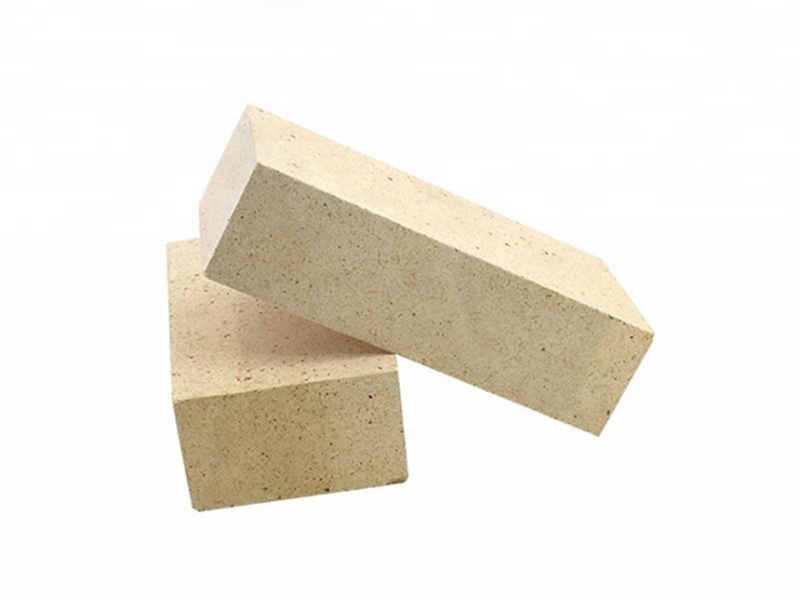

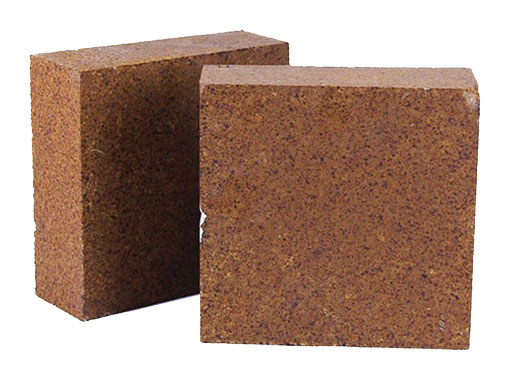
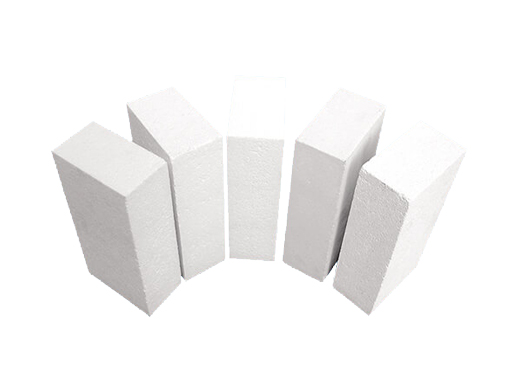
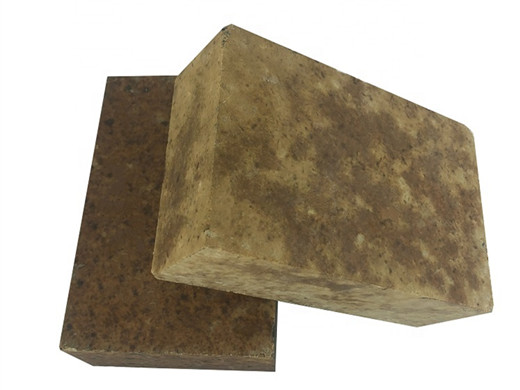
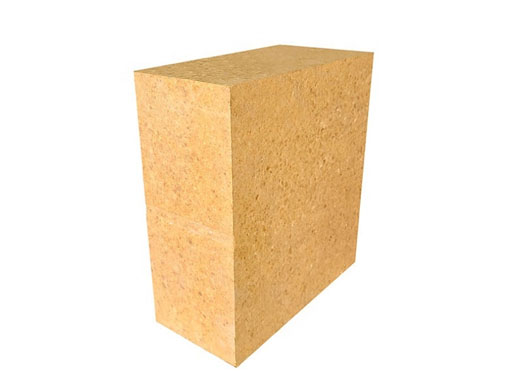
Send inquiry
Please Leave your message you want to know! We will respond to your inquiry within 24 hours!